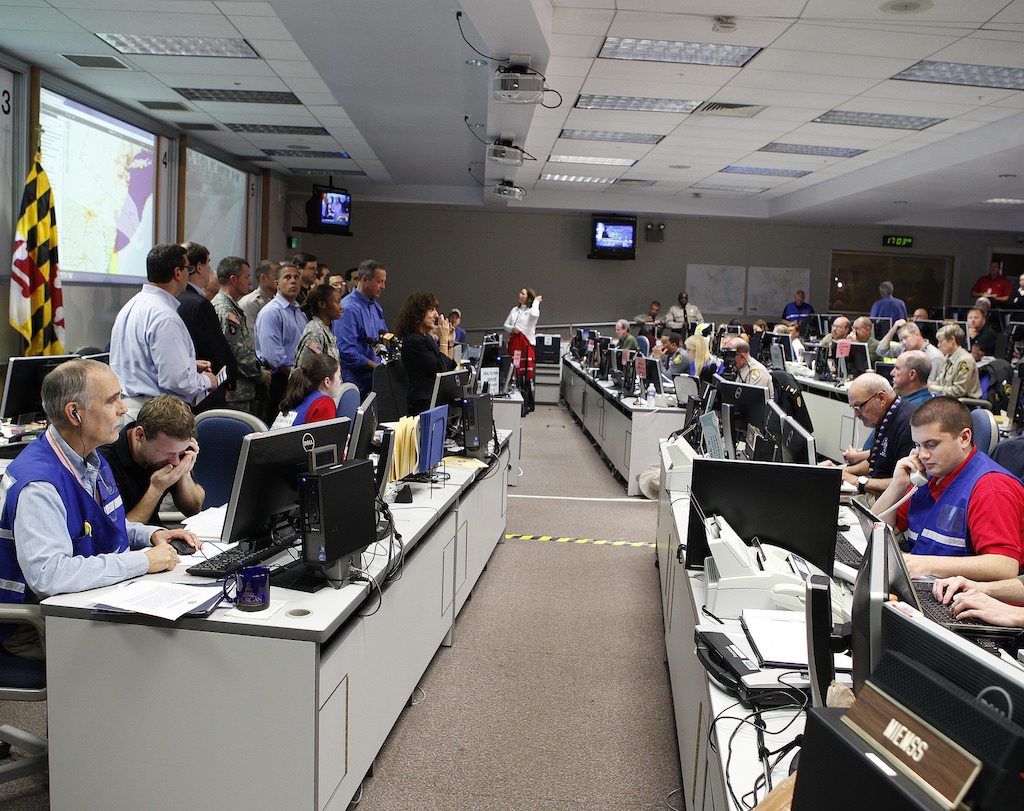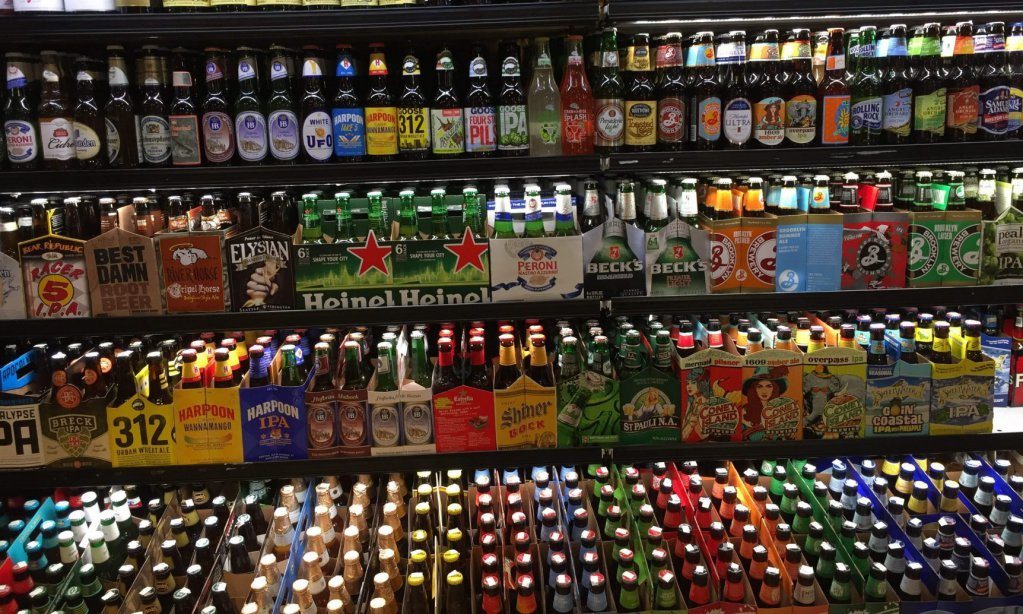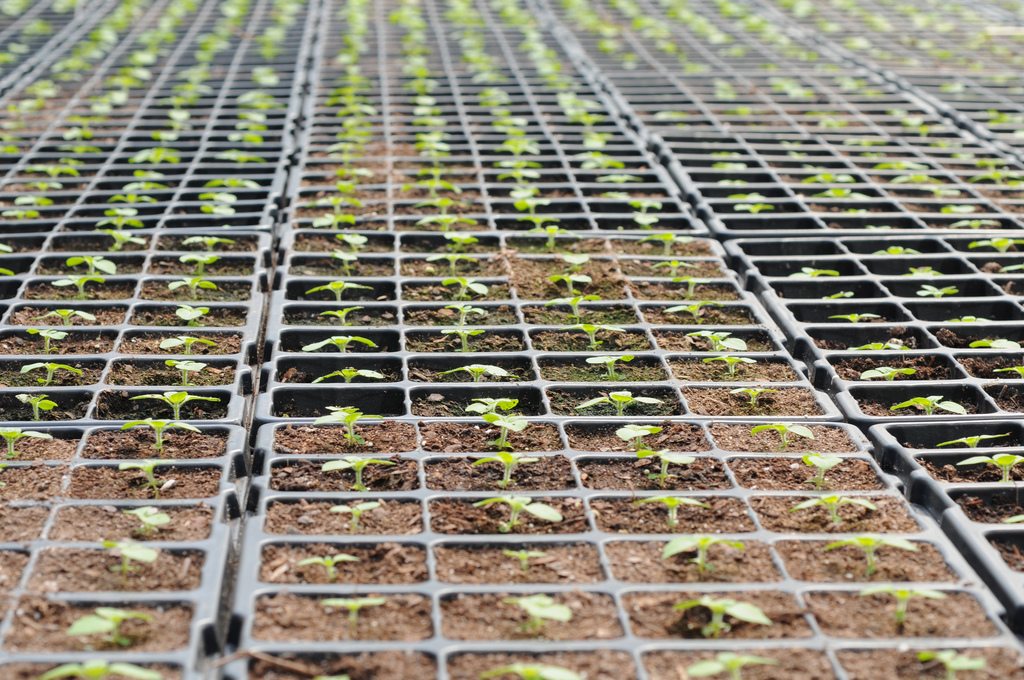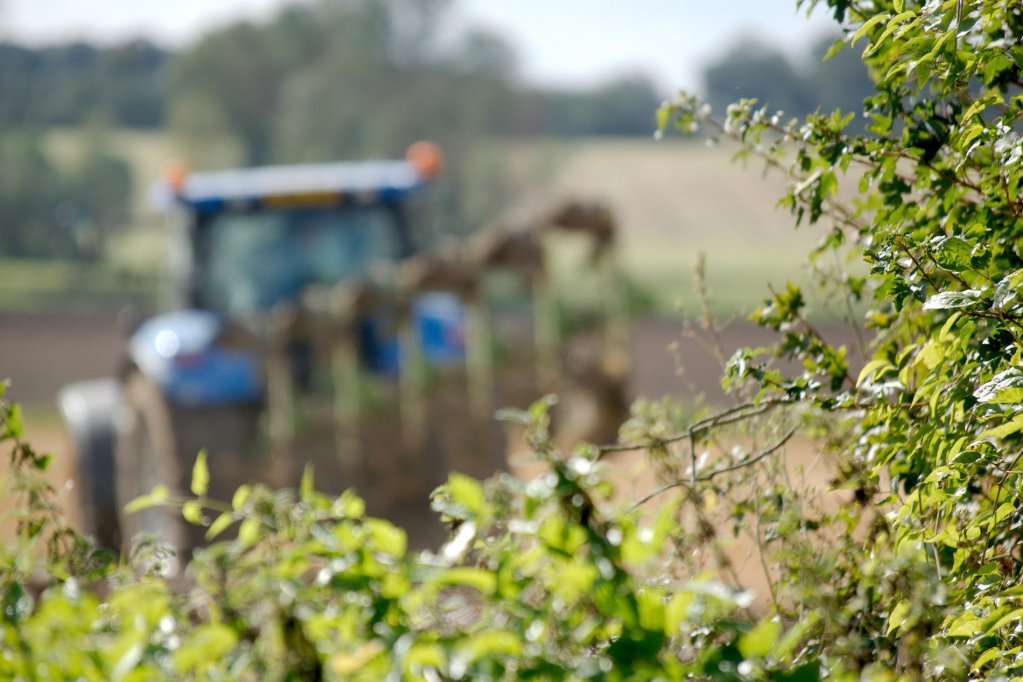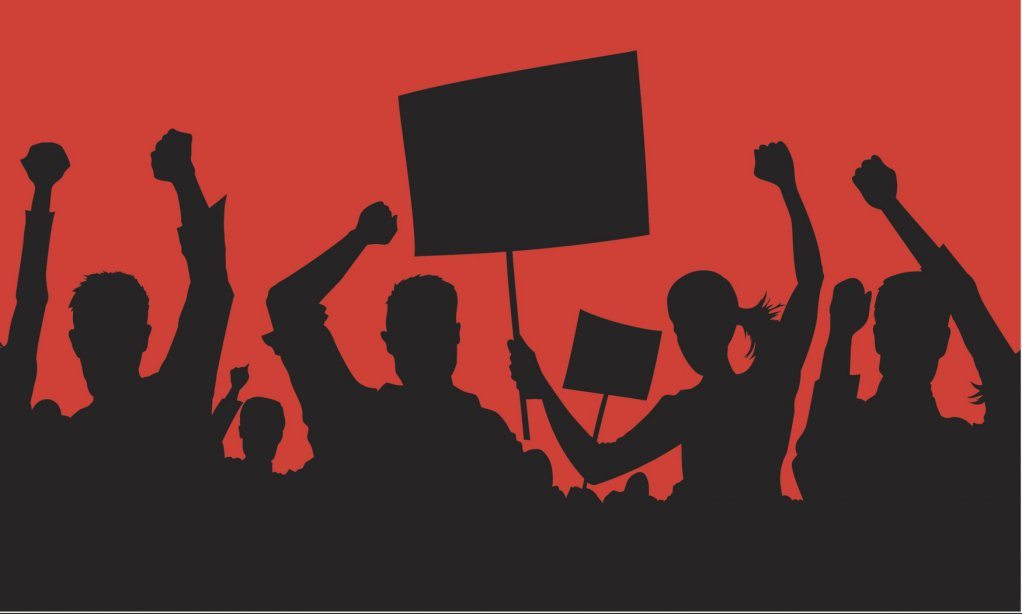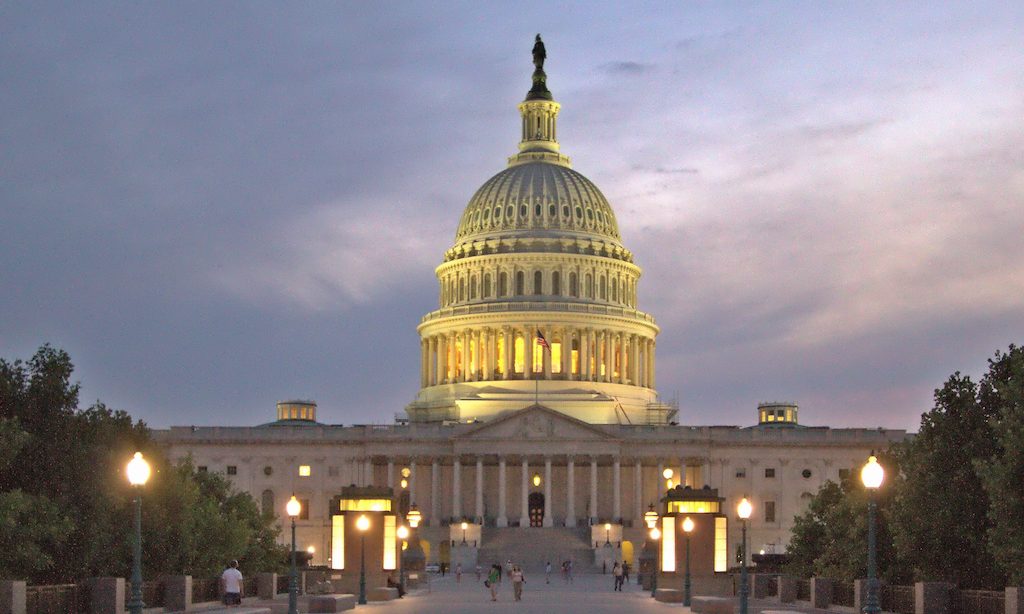In the dark, early morning hours of Tuesday, October 30, 2012, Hurricane Sandy bore down on Greater Baltimore, Maryland, lashing the city with unrelenting rain and wind. By daylight, two people were dead and more than 200,000 were without power.
According to the National Hurricane Center, the heaviest rains of Sandy’s entire Northeast and Mid-Atlantic rampage fell about two hours south of Charm City, on Maryland’s Eastern Shore. Total damage estimates are hard to pin down, but the 7-day storm cost 24 states and 5 Caribbean nations at least as much as $30 billion dollars, and possibly as much as $62 billion (New York City estimates alone hover around $19 billion).
Cities are uniquely vulnerable to destruction, whether natural or man-made, because they are complex systems that rely on other complex systems to survive. When we talk about infrastructure damage as it relates to natural disasters, for instance, we’re often talking about the toll they take on the physical structures and frameworks that support our economy: electrical grids, roads and bridges, tunnels, sewage, water and sanitation services, and telecommunications.
But how about other disasters? Civil unrest. Terror attacks. Riots. Man-made or “non-natural” disorder can be every bit as hazardous to our urban centers as natural crises.
On April 12, 2015, roughly three and a half years after Sandy unleashed on the city, officers from the Baltimore Police Department arrested Freddie Gray, a 25-year-old black man, for possession of what police believed was an illegal switch blade. While in transit in a police van after his arrest, Gray suffered severe injuries to his neck and spine. He slipped into a coma shortly after. A week later, on April 19, Freddie Gray died.
Protests, which erupted the day before Gray’s death, rippled through the city for more than a week, escalating in some cases into violence, looting, and arson as the month came to a close. As many as 100 people were arrested, 20 officers injured, and more than 140 vehicles damaged during the unrest.
By now you may be wondering if you’re still reading New Food Economy or have inadvertently fallen into a click hole on disasters.com. But here’s a question: when you relived the mayhem described above, did you at any point think about food? I’m willing to bet that when I said, “infrastructure damage,” you pictured buckled bridges and transformer explosions before you pictured stranded pallets of produce—if you pictured food at all.
But it turns out that a city’s food supply—take Baltimore’s, for instance—faces significant threat during natural and social crises, whether short- or long-term. And traditional disaster preparedness planning has not included the food system. That’s especially worrying as we sit squarely in the middle of the June-1-through-November-30 Atlantic hurricane season, one that’s been forecast by the National Oceanic and Atmospheric Administration (NOAA) to include 11 to 17 named storms, “more than the 30-year average for the Atlantic Basin.”
Now, Baltimore City and the Johns Hopkins Center for a Livable Future (CLF) have teamed up to change that. The CLF on Wednesday released its “Food System Resilience Advisory Report,” which the city will incorporate into Baltimore’s Disaster Preparedness Plan, due to be updated in 2017. (The Federal Emergency Management Agency (FEMA) requires every city to have a hazard mitigation and climate adaptation plan. Baltimore’s was created in 2013.)
The CLF report considers the risks to Baltimore’s food system from 14 natural and non-natural emergencies, from storms to electrical outages to pandemics and civil unrest. In their analysis, researchers determined that unexpected shocks to the food system—an economic crisis, for example—could decrease access to food, ramp up food safety issues, disrupt the supply chain, and prompt labor shortages, communication failures, and issues with food storage and waste removal.
But let’s be clear about one thing right up front: Supporting food security in Baltimore is challenging enough when the city is not in the midst of a catastrophe. The Baltimore Hunger Project estimates that as much as 84 percent of Baltimore’s school children are food insecure. And it’s that very population, the report points out, along with “people with low incomes, residents of food deserts … older adults, people with disabilities, people experiencing homelessness, and people with special dietary needs [that] may be most at risk of losing access to safe and nutritious food during and after a crisis.”
And there are other features of Baltimore’s particular place in the world that make its food system especially vulnerable during a crisis. The report highlights the city’s proximity to the crowded I-95 corridor, where lots of food warehouses are located, meaning the potential for disruption to deliveries in a disaster. Also, residents in neighborhoods underserved by supermarkets often have to travel some distance to buy food. But Baltimore’s unreliable pubic transit system is subject to closures during heavy snow or flooding, further restricting access for communities already struggling with limited supply.
In those ways, Baltimore is perhaps not so different from other major Mid-Atlantic and East Coast cities. When I asked Erin Biehl, lead author of the report and senior program coordinator of CLF’s Food System Sustainability & Public Health Program, about the potential for food system destruction in another I-95 corridor city like New York, she said in an email: “While our research has focused on Baltimore’s vulnerabilities and strengths, many of the hazards Baltimore could face in the future threaten other cities as well. Cities are fed by complex food supply chains, and with a global trend toward urbanization, it is important now more than ever to make sure our cities have stable and resilient food supplies.”
Speaking of food supplies. Take New York’s 60-acre Hunts Point produce market, located in the Bronx, as an example. It’s the largest in the world, employs more than 8,500 workers, generates more than $2 billion in annual sales, and supplies nearly 50 percent of the city’s independent restaurants. A June 2017 Hunts Point resiliency study, conducted by the NYC Economic Development Corporation (EDC), showed that power outages, coastal storm surge, and flooding are significant threats to its inventory, employees, equipment, and surrounding rail yard, which is responsible for transporting 4.5 billion pounds of food in and out of Hunts Point.
So, that’s the threat to wholesale distribution channels. But how about the city’s 42,000 point-of-sale outlets? A 2016 five-borough food flow study also conducted by the EDC noted one vulnerability particularly unique to New York: limited storage space. That means the five boroughs rely heavily on “just-in-time” inventory management and continuous food deliveries. But here’s another, more to-the-point way to think about it, according to the report: The New York City food system holds roughly 4 to 5 days of regular consumption of food stock on average. If a critical weather event like Hurricane Sandy is forecast in advance, there can be some time to increase delivery of our emergency food stocks. But it’s impossible, of course, to forecast human havoc. For how many days might our food system be paralyzed by the things we can’t predict?
The CLF report does suggest a number of strategies to improve resilience across Baltimore’s food system. They center largely around need for better coordination between city agencies, non-profits, and stores providing food, which Biehl said in her email was highlighted during the 2015 unrest and, in part, spurred creation of the report.
Two other actions of note are considering food access in public transit redesign, and expanding efforts to develop a community food storage plan. But, said Biehl, “Building food system resilience is about much more than just disaster preparedness.…”
Note to New York, Philadelphia, and Washington, D.C., too, then: “It requires actively confronting issues driving food insecurity in the here-and-now.”
